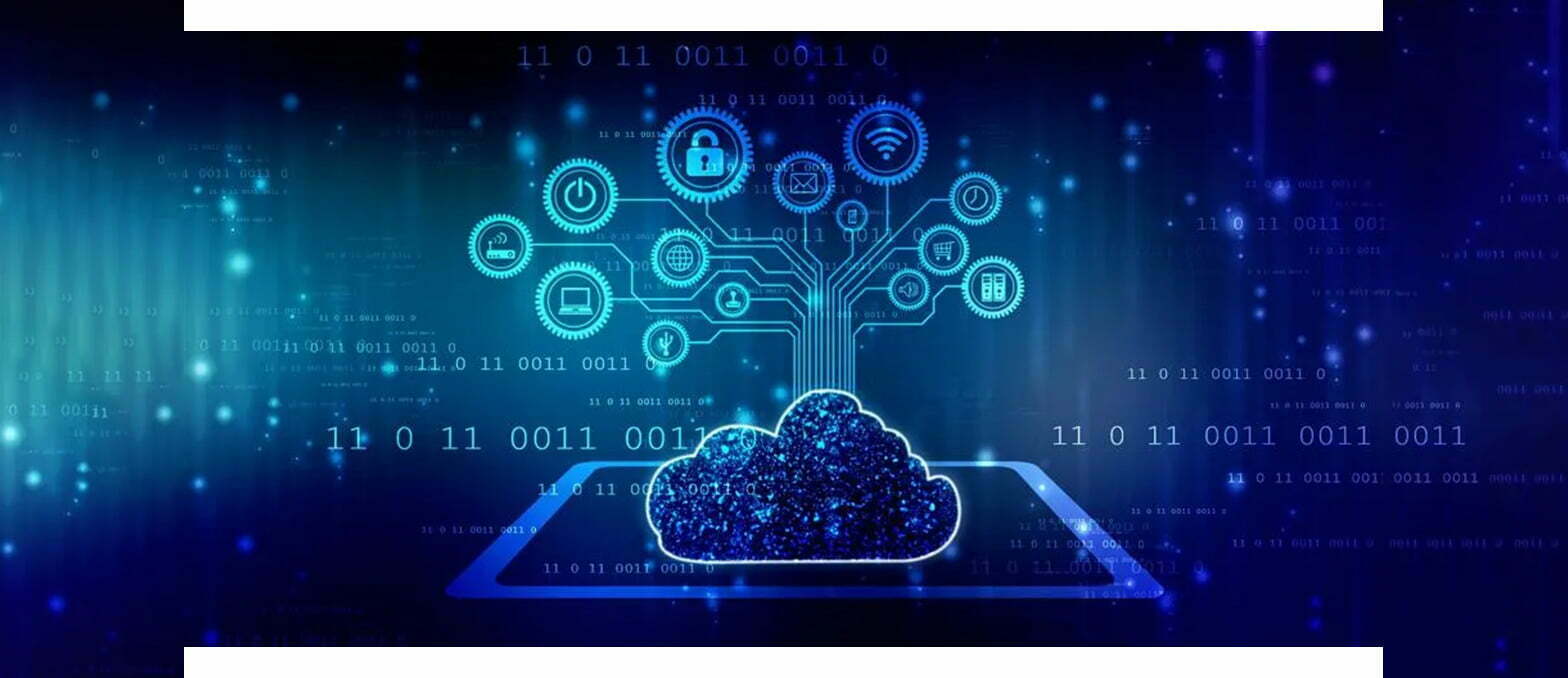Kids Learning App Development: As everyone is aware about the pandemic of 2020 and how it caused the closure of everything. This had especially affected education and thanks to this the move towards online education had gained a lot of hype. The e-Learning and EdTech tools have enabled many mentors and students to learn about different subjects during this difficult period through the online platforms.
Students love their cell phones, and the same goes while they are learning as well. Development of e-learning apps is a fantastic endeavor by the creators to enable studying and aid to improve education.
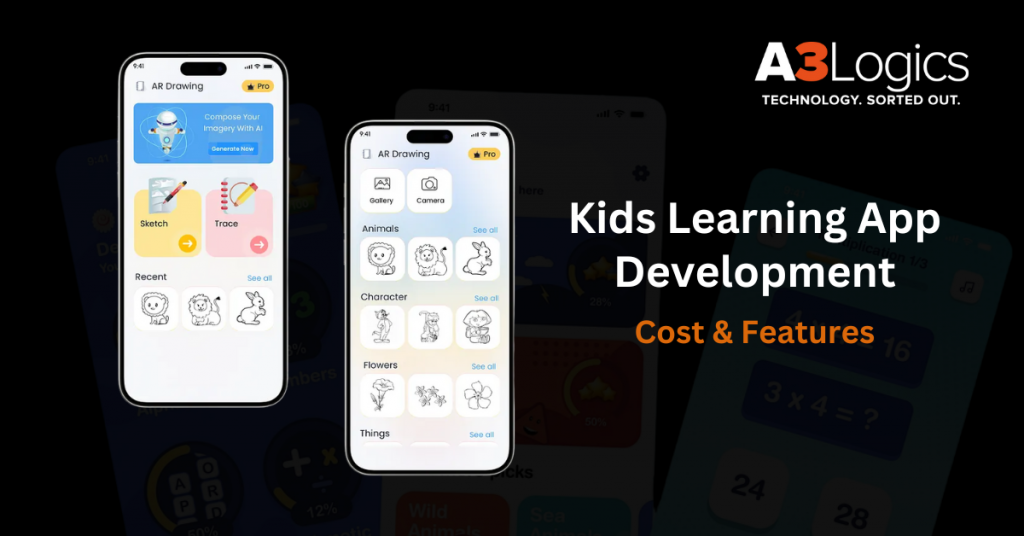
This is why the demand for kids learning app development is going up significantly as it brings you engaging and interactive apps that can help young learners to enhance their skills no matter what be the subject of study.
Let’s dive in and understand how kids learning app development can be a great idea. To ensure the best service enlist the help of A3Logics, the leading Mobile App Development Company.
Table of Contents
Market Trends in Kids Learning App Development
It is important that you understand the impact of kids’ learning app development. Below, we highlight the essential stats that will help you get a complete understanding of it. Check it out.
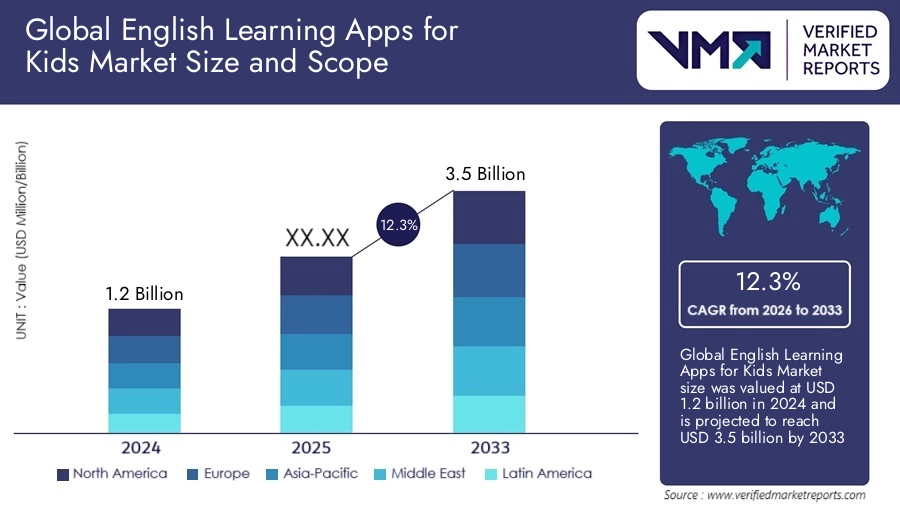
- The global education apps market size is estimated to grow by USD 6.08 billion from 2025-2029
- The global education apps market expected to reach USD 101,330 million by 2029
- Basic apps can start around $25,000, while more sophisticated applications can exceed $350,000.
This shows how educational apps are the way to go. All you need to do is to connect with the best developers of A3Logics to gain significantly out of it.

Top Kids Learning Apps in 2025 to Inspire Your App Idea
As we look forward to 2025, several standout apps exemplify successful Kids Learning App Development:
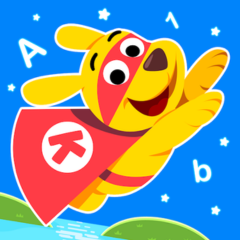
- Kiddopia: This app offers a comprehensive suite of games designed to teach various subjects through fun activities. Its interactive approach makes learning enjoyable and effective.
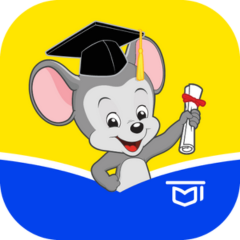
- ABCmouse: A pioneer in early childhood education apps, ABCmouse provides a structured curriculum that covers reading, math, art, and more through engaging games and activities.
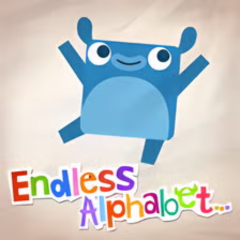
- Endless Alphabet: Focused on vocabulary building, this app uses adorable animations and playful interactions to introduce new words to young learners.
These examples showcase how effective Kids Learning App Development Services can lead to successful applications that resonate with both children and parents.
Essential Features of a Kids Learning App
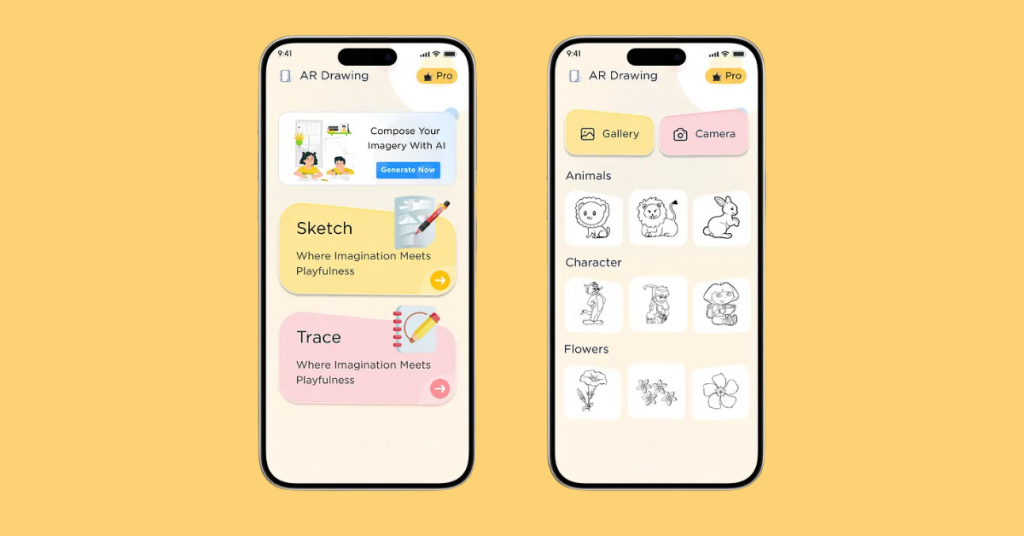
When developing a kids’ learning app, certain features are essential for success:
- User-Friendly Interface: A simple and intuitive design ensures that children can navigate the app easily without frustration.
- Interactive Content: Engaging activities such as quizzes and games keep children interested while reinforcing learning concepts.
- Progress Tracking: This feature allows parents and educators to monitor children’s progress and adapt learning strategies accordingly.
These kids learning app development features highlight the importance of working with a reputable company, which can provide tailored solutions based on educational needs.
Advanced Features to Make Your App Stand Out
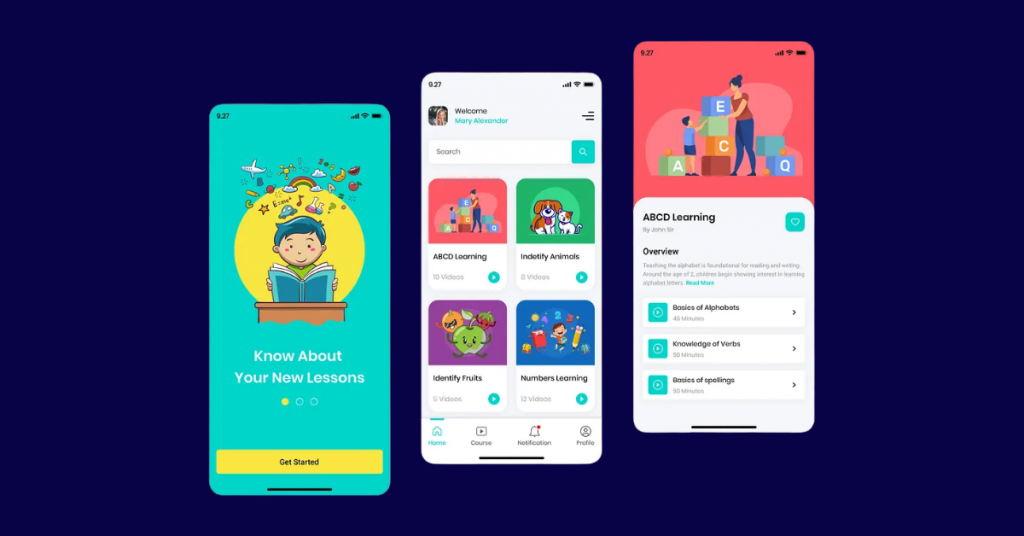
To differentiate your app in the competitive market of kids’ education, consider integrating advanced features:
> AI-Powered Personalized Learning
AI-powered personalized learning tailors educational content to meet the individual needs of each child. By analyzing a child’s learning patterns, strengths, and weaknesses, the app can adapt lessons and activities accordingly. This ensures that children receive appropriate challenges and support, enhancing their engagement and mastery of concepts.
For instance, platforms like ABC mouse and Khan Academy Kids utilize AI to create customized learning paths, making education more effective and enjoyable for young learners.
> Augmented Reality (AR) for Interactive Lessons
Augmented Reality (AR) transforms traditional learning by overlaying digital content onto the real world, creating immersive educational experiences. In kids’ learning apps, AR can bring subjects to life, allowing children to interact with 3D models of planets, historical artifacts, or biological organisms. This hands-on approach not only captivates young minds but also enhances understanding by providing context and visual representation of complex concepts. Apps utilizing AR can significantly boost engagement and retention in educational content.
> Integration with Wearable Devices
Integrating wearable devices into kids’ learning apps allows for real-time monitoring of children’s activities and health metrics. Wearables can track physical activity, sleep patterns, and even emotional responses during learning sessions. This data can be used to tailor educational experiences further, ensuring that lessons align with a child’s physical and emotional state.
For instance, if a child is restless, the app could suggest a quick physical activity before resuming lessons, promoting both health and learning efficiency.
> Voice Recognition and Interaction
Voice recognition technology enables children to interact with educational apps using natural language. This feature allows for hands-free operation and can make learning more accessible for younger users who may struggle with typing or reading. By incorporating voice commands, apps can provide instant feedback and assistance, creating an engaging dialogue that enhances comprehension.
For example, apps like Duolingo Kids use voice recognition to help children practice pronunciation in language learning, making the process interactive and fun.
> Parental Control and Progress Tracking
Parental control features empower parents to monitor their children’s app usage while ensuring a safe learning environment. These tools allow parents to set usage limits, filter content, and review progress reports that highlight areas of strength and improvement. By providing insights into their child’s learning journey, parents can engage more effectively in their education.
This transparency fosters collaboration between parents and educators while ensuring that children are on track with their learning goals.
> Emotion Recognition for Tailored Content
Emotion recognition technology uses facial recognition or biometric data to assess a child’s emotional state during learning activities. By understanding how a child feels—whether they are frustrated, bored, or excited, the app can adjust its content delivery accordingly.
For instance, if a child appears disengaged, the app might switch to a more interactive game or provide positive reinforcement to rekindle interest. This adaptive approach creates a more supportive learning environment tailored to each child’s emotional needs.
> Child-Safe Content Recommendations
Child-safe content recommendations ensure that all materials presented within the app are appropriate for young audiences. Developers can create a secure environment for learning by utilizing algorithms that filter out unsuitable content based on age ratings and educational standards.
This feature not only protects children from harmful material but also encourages exploration of diverse topics within safe boundaries. Parents can trust that their children are engaging with enriching content that promotes healthy development.
> Gamification Elements
Incorporating gamification elements into kids’ learning apps enhances motivation and engagement through game-like features such as points, badges, leaderboards, and challenges. These elements transform educational tasks into enjoyable experiences by rewarding progress and encouraging friendly competition among peers.
These advanced functionalities not only enhance user experience but also position your app as a leader in the innovative Kids Learning App sector.

Technology Stack for Developing a Kids Learning App
Choosing the right technology stack is crucial for successful Kids Learning App Development:
- Frontend Technologies: Frameworks like React Native or Flutter enable cross-platform development, making it easier to reach both iOS and Android users.
- Backend Technologies: Solutions like Node.js or Firebase provide robust support for user management and data storage.
- Database Management: Utilizing databases such as MongoDB or MySQL ensures efficient data handling for user profiles and progress tracking.
A well-chosen technology stack is vital for any Mobile App Development Company, ensuring scalability and performance in your app.
Steps Involved in Kids Learning App Development
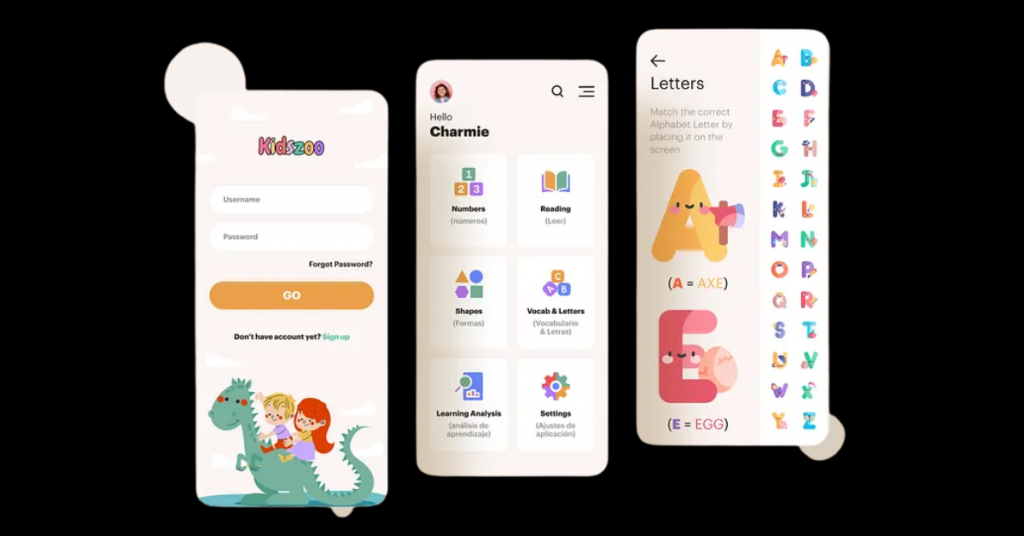
The process of developing a kids’ learning app typically involves several key steps. Here’s an elaboration on each of these steps:
1. Conceptualization
The first step in developing a kids’ learning app is conceptualization, where you define the app’s purpose and target audience. This involves brainstorming ideas that address specific educational needs or challenges faced by children. Understanding your target demographic, such as their age, interests, and learning styles, is crucial.
2. Design Phase
Once the concept is established, the next step is the design phase. This involves creating wireframes and prototypes that focus on user experience (UX) and user interface (UI). Wireframes serve as blueprints for the app’s layout, while prototypes allow for interactive testing of design elements.
3. Development
The development stage is where the conceptualized app begins to take shape. Skilled developers are engaged to bring the vision to life using appropriate technologies and programming languages. This phase includes coding the app, integrating essential features such as gamification elements, progress tracking, and interactive lessons.
4. Testing
After development, thorough testing is conducted to identify any bugs or usability issues before launch. This stage includes various forms of testing, such as functional testing, performance testing, and user acceptance testing (UAT) with actual users, children in this case.
Gathering feedback from beta testers helps identify areas for improvement and ensures that the app functions smoothly across different devices and operating systems. Rigorous testing is essential to deliver a high-quality product that meets both educational standards and user expectations.
5. Launch
The final step is the launch of the app on relevant platforms, such as iOS and Android. This phase involves deploying the app to app stores while implementing marketing strategies to reach your target audience effectively. Creating a buzz through social media campaigns, partnerships with educational institutions, and engaging content can help attract users.
Cost Analysis for Kids Learning App Development
The average cost to develop an educational app typically ranges from $25,000 to $350,000, depending on the app’s complexity and features. Basic applications with minimal functionalities can be developed at the lower end of this spectrum, while more sophisticated apps that incorporate advanced technologies like augmented reality (AR) or artificial intelligence (AI) can reach the higher end.
This wide range reflects the diverse needs and expectations of different educational apps, making it essential for stakeholders to have a clear understanding of their project requirements and budget constraints.
All you need is the support of the top name in the business who can assist you get the app developed as per your specific needs and that too without hurting your budget. If you are looking for the same, then A3Logics is here to do the job for you in the best possible way.
Monetization Strategies for Kids Learning App Development
To ensure profitability from your kids’ learning app, implementing effective monetization strategies is crucial. Here are some detailed approaches to consider:
- The freemium model is one of the most popular monetization strategies in the educational app sector. This approach allows users to access basic content for free while offering premium features or additional content at a cost.
- Implementing a subscription model can provide a steady revenue stream while deepening user engagement. This approach allows parents to pay a monthly or yearly fee for access to exclusive materials, features, and content updates.
- Allowing users to make in-app purchases is another effective monetization strategy for kids’ learning apps. This approach enables users to buy additional resources or unlock special content directly within the app.
So, these are the necessary monetization strategies that you can work on with Kids Learning App Development Company and gain most out of it as per the market trends and needs.
Challenges in Kids Learning App Development
There are many challenges that come along the process of kids learning app development. Below are some of the primary challenges faced in Kids Learning App Development with the best of solutions as well. Check it out.
1. Content Appropriateness
Ensuring that all materials are suitable for children is a significant challenge in Kids Learning App Development. Content must be age-appropriate, engaging, and educational while avoiding any themes or language that could be harmful or confusing.
2. User Engagement
Capturing and holding on to the attention of children over time can be particularly challenging in Kids Learning App Development. Children’s attention spans are often short, and their interests can change rapidly, making it essential to incorporate engaging elements into the app. However, it’s crucial to balance these elements with educational value to ensure that learning objectives are met.
3. Technical Issues
Technical issues such as bugs or crashes can significantly deter users from engaging with a kids’ learning app. These problems not only frustrate users but can also damage the app’s reputation among parents who prioritize reliability in educational tools.
So, these are the challenges that you need to keep in mind for kids learning app development. But, if you connect with the right Mobile App Development Company like A3Logics, you get all these sorted to perfection.
Why Choose A3Logics for Kids Learning App
A3Logics stands out as a premier choice for developing kids’ learning applications due to:
- Their expertise in delivering high-quality solutions tailored specifically for young audiences.
- A focus on incorporating advanced technologies like AI into their projects enhances user engagement.
- Competitive pricing structures ensure transparency regarding kids’ learning app development cost without hidden fees.
Choosing A3Logics means collaborating with professionals dedicated to creating impactful educational tools.

Final Take
Hopefully you are clear about how kids learning app development services is going to assist you enhance learning and pave the way for more opportunities. It is certainly going to shape the future generations’ education. But, it is important that you connect with the right Kids Learning App Development experts to get all the bases covered.
If you are looking for the top Kids Learning App Development services, then you can always connect with the professionals at A3Logics and get all the assistance.



